Porsche 911 Turbo Review
Kirk Stingle, my favourite Porsche salesman, describes the 911 as the 'Swiss Army knife of sports cars'. It can cruise, thrash, potter, pose, park and ferry in all weathers, with equal aplomb. Get jiggy with the options list, and you'll enjoy all the latest luxury car toys and creature comforts. At the end of the financial year, a fully specced, top-of-the-range 911 is still cheaper than an 'entry level' Ferrari. Other than a winning lottery ticket, what more could you want?
Power. And so, on the seventh day, the zealots of Zuffenhausen created the 911 Turbo. And on the eighth day, they created the Power Pack. These factory enhancements increase the engine's peak output from a not inconsiderable 420bhp, to a monumental 450bhp. The zero to sixty time sinks to 3.79 seconds. Porsche calls the extra oomph an 'option', but c'mon, you know it isn't. Put it this way…
Crank the uber-Porker up to 3000rpms. The turbos are spooled up; the variable cams open for business. Press the gas pedal. The Porsche 911 Turbo shoots forward so quickly objects in front of you are closer than they appear. The power delivery is violent yet smooth: an iron fist in a velvet glove. Suddenly, the acceleration stops. That's because you've hit the rev limiter. It takes your brain a second to understand that yes, it really is time for another gear. Change up, and the fun starts all over again.
If you order the Turbo with a Tiptronic gearbox, it's best to wait until you encounter a completely open stretch of road. Either way, initially, it's simply a matter of point, shoot and hold on – for as long as your survival instincts suggest. Once the necessary neurological pathways form, driving down a familiar road is like watching your favorite movie on fast-forward. You begin to understand what's happening, and gain the ability to accurately calculate the exact moment to press play.
Equally important, you learn to trust the brakes. If the Turbo's go-pedal is a fast forward button, its brake pedal is, near as dammit, pause. The Turbo will stop from 60mph in just 2.4 seconds. I'm told there's no danger of your retinas detaching if you slam on anchors at serious speeds, but I'm not convinced. Anyway, if a car's only as good as its brakes, the Porsche Turbo is about as good as it gets.
That said, in terms of outright speed, the Turbo is no longer in a class of its own. I watched a BMW M5 keep pace with a Turbo all the way to 150mph. A de-restricted Mercedes S600 (with a Maybach-derived twin-turbo V12) can show Stuttgart's finest a clean pair of heels right up to the Porker's 189mph top end. But nothing outside of mortgage money Italian superwides – Pagani Zonda C12S, Enzo Ferrari – can match the Porsche Turbo in the corners.
Yes, I hear them: the owners of rally-bred exotica boasting that their machines can out-corner a 911 Turbo. At the risk of doubling my negatives, I'm not saying they can't. But the ones that can match the Turbo's speed can't match its cornering. The ones that can match its cornering don't have its speed. And the ones that claim to match both don't have the Turbo's user-friendliness. Even Sunday drivers can exploit and enjoy the Porsche Turbo's extreme levels of grip and poise.
This is where Porsche purists join the fray. They say Porsche's on-going campaign to tame the rear-engined 911 has made the driving experience too safe, killing all their fun (if not their wealthy friends). Which is true. If you're the kind of person who thinks running with the bulls in Pamplona is a good way to spend an afternoon, then yes, you'll prefer the old tail happy Turbo. The rest of us, drivers willing to trade macho bragging rights for longevity, will be more than happy caning a modern, stability controlled version.
In fact, the Porsche Turbo is the safest fast car made. You, yes, you, can drive this beast at speeds formerly reserved for young people who wear full-face helmets and fireproof jumpsuits to work. Driving a Porsche Turbo is, with a little practice, child's play. It may not provide the intimate driving experience of its air-cooled ancestors, but who wants to be on intimate terms with solid objects? There's more than enough neck straining speed and driver control to put a smile on the face of any keen enthusiast, and local law enforcement.
Yes, well, there is that. Aside from the Turbo's licence losing possibilities, the rear seats are its only significant shortcoming. They only accommodate small children. Given my girls' delighted giggles during a brief [safe] taste of the car's grunt, I reckon by the time they're too big for the seats, it won't be a problem. They'll want the keys.
More by Robert Farago
Latest Car Reviews
Read moreLatest Product Reviews
Read moreRecent Comments
- Calrson Fan Jeff - Agree with what you said. I think currently an EV pick-up could work in a commercial/fleet application. As someone on this site stated, w/current tech. battery vehicles just do not scale well. EBFlex - No one wanted to hate the Cyber Truck more than me but I can't ignore all the new technology and innovative thinking that went into it. There is a lot I like about it. GM, Ford & Ram should incorporate some it's design cues into their ICE trucks.
- Michael S6 Very confusing if the move is permanent or temporary.
- Jrhurren Worked in Detroit 18 years, live 20 minutes away. Ren Cen is a gem, but a very terrible design inside. I’m surprised GM stuck it out as long as they did there.
- Carson D I thought that this was going to be a comparison of BFGoodrich's different truck tires.
- Tassos Jong-iL North Korea is saving pokemon cards and amibos to buy GM in 10 years, we hope.



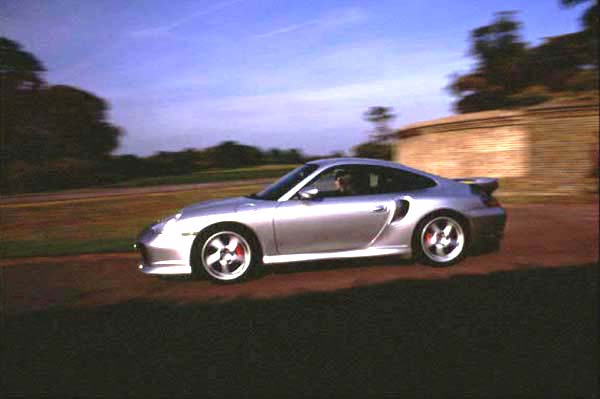




















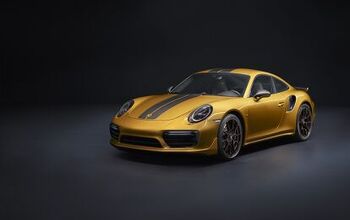
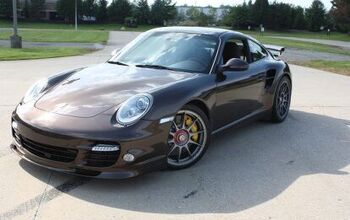
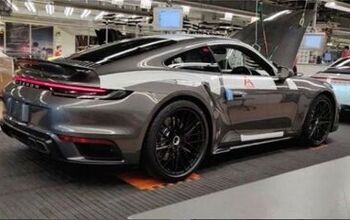
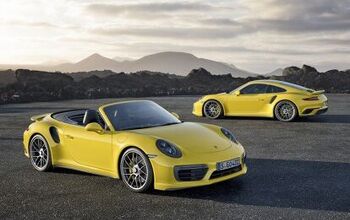










Comments
Join the conversation
Excellent article. You say the turbo brakes stop the car in 2.4 seconds. Do you have this same information for ceramic brake option (PCCB) on this same car? This is a $8800 option and I wonder if adds any braking power to street driving? thanks, joh